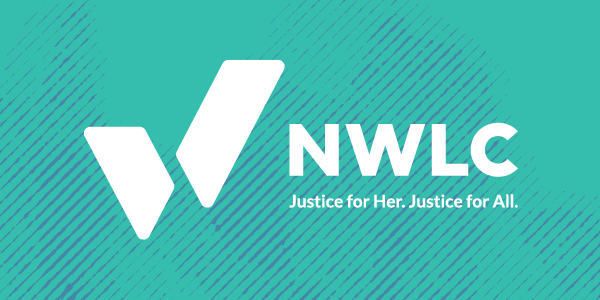Abortion rights, women of color, and LGBTQIA+ people are under attack. Pledge to join us in fighting for gender justice.
Oregon Women Will Benefit from Highest Minimum Wage in the Nation
As a born and raised Oregonian, I generally use any excuse I can find to brag about my home state. But this week, I have an especially great example to use to demonstrate how great Oregon is. Last week, Oregon Governor Kate Brown signed Oregon’s new minimum wage increase into law that, when fully implemented, will give Oregon the highest minimum wage in the nation.
 Oregon’s law creates three minimum wage tiers: one for the Portland area, one for rural counties, and one for the rest of the state. This last tier is deemed the “base wage.” The law gradually increases the minimum wage for each of the three tiers so that by 2022, the base minimum wage will increase to $13.50/hour, the minimum wage in rural counties will increase to $12.50/hour, and the minimum wage in Portland will increase to $14.75/hour. After 2022, the base wage will be indexed for inflation and the Portland minimum wage will remain $1.25 above the base wage, while the rural minimum wage will remain $1 below the base wage.
Oregon’s law creates three minimum wage tiers: one for the Portland area, one for rural counties, and one for the rest of the state. This last tier is deemed the “base wage.” The law gradually increases the minimum wage for each of the three tiers so that by 2022, the base minimum wage will increase to $13.50/hour, the minimum wage in rural counties will increase to $12.50/hour, and the minimum wage in Portland will increase to $14.75/hour. After 2022, the base wage will be indexed for inflation and the Portland minimum wage will remain $1.25 above the base wage, while the rural minimum wage will remain $1 below the base wage.
Unfortunately, not all recent minimum wage news is this great. Two weeks ago, the Alabama state legislature passed legislation that prohibits cities from raising the minimum wage on the local level. This was spurred by the Birmingham City Council’s passage of a measure to raise the minimum wage within the city to $10.10/hour, which was to begin phasing in this year. Legislators supportive of the new law have claimed that it is crucial to preserving statewide uniformity in wages and that the state is better suited than localities to set the minimum wage. However, Alabama is one of only five states that have never set a state minimum wage—instead relying on the federal minimum wage as its floor. So instead of using this opportunity to take action and set a statewide minimum wage, the legislature just blocked a city’s effort to improve residents’ standard of living.
Luckily, not all states are copying Alabama’s tactics. Since 2012, at least 31 cities and counties have passed increases to minimum wages. These increases especially help women, who make up two-thirds of minimum wage workers. For example, the average wage gap in states with a minimum wage at or above $8.00/hour is 22 percent smaller than the average wage gap in states that use the federal minimum wage of $7.25/hour. In states where employers have to pay tipped workers the regular minimum wage before tips (like Oregon!), the average wage gap is 14 percent smaller than the average wage gap in states with the federal tipped minimum cash wage of $2.13/hour.
Hopefully, Oregon’s minimum wage increase will improve the quality of life for all low-wage workers in the state, while also helping to close the wage gap for Oregon women—giving me one more reason to love my home state.




